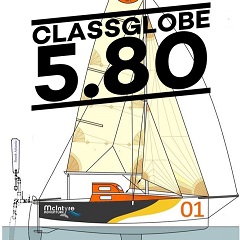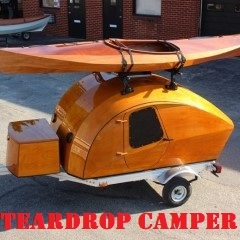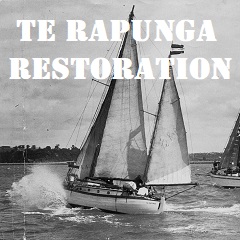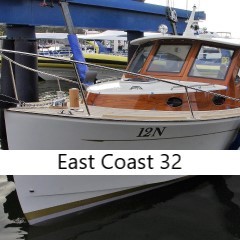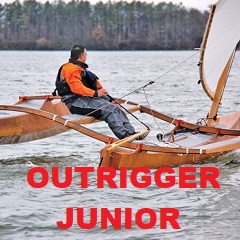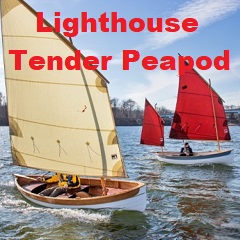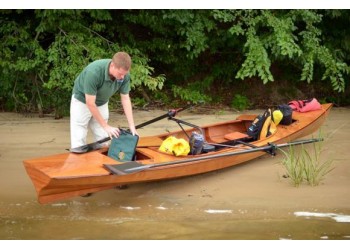Expedition Wherry
Availability: Made to Order (approx. 5 weeks)
Ex Tax: See options for price
This fast, shapely wherry is intended for serious sliding-seat rowers who are looking for open-water ability and enough payload for camp-cruising.
| Model: | Length: | Hull Weight: | Beam: | Max Payload: |
|---|---|---|---|---|
| Expedition Wherry |
18' 3" 5.56 m |
42 kg | 91 cm | 192 kg |
Please note, the Sliding Seat rowing unit and sculling oars are not included in this kit and are sold seperately.
A "wherry" is a pulling boat that falls somewhere between the needle-thin racing shells and wide, sailboat-like rowboats. Wherries are the ride of choice for rowers who want speed but don't want to confine themselves to the placid rivers that are the natural haunt of a racing shell. The term "wherry" is English in origin, where as early as the 1500's the word was used to describe the swift water taxis in use on the River Thames. An 1878 book, Old and New London, remarks that in 1820 there were 3000 wherries on the Thames. The basic wherry shape---a narrow waterline, flaring sharply above the water to gain stability as the boat heels or is loaded---has not been improved upon in 150 years
CLC's Expedition Wherry came about as a solution for fitness-oriented rowers who want to go out in cold or rough water, perhaps with camping gear. Designer John C. Harris, who has been designing, building, and enjoying sliding seat boats for 27 years, spent a lot of time tinkering with the hull lines to find the best compromise between speed, payload, and stability. "As soon as you're not competing with the racing shells, the design of a rowing boat becomes much more multi-dimensional," Harris says. "Some of the characteristics that make a boat ideal for sprinting in flat water are completely at odds with performance in waves. I added a lot of rocker, which definitely gives the boat a nimble feel in waves, and as an added bonus keeps the wetted surface from creeping up on you."
The Expedition Wherry is a multi-chined plywood boat, with a six-panel hull reinforced by six bulkheads. The hull is mostly 4mm okoume plywood, with fiberglass applied both inside and out. The computer-cut kit is intricately designed and highly evolved to suit fast and easy construction, including by first-time builders. Hull panels are snapped together with "puzzle joints," and all of the holes for the temporary wire stitches have been drilled in advance. Plans builders are provided with full-sized patterns for every part. An elaborate step-by-step instruction manual, with photos and drawings of every step, accompanies both kits and plans.
- You're looking for a seaworthy, all-weather sliding seat boat.
- You want watertight storage for camping gear.
- You need more payload than is available in the single Annapolis Wherry.

